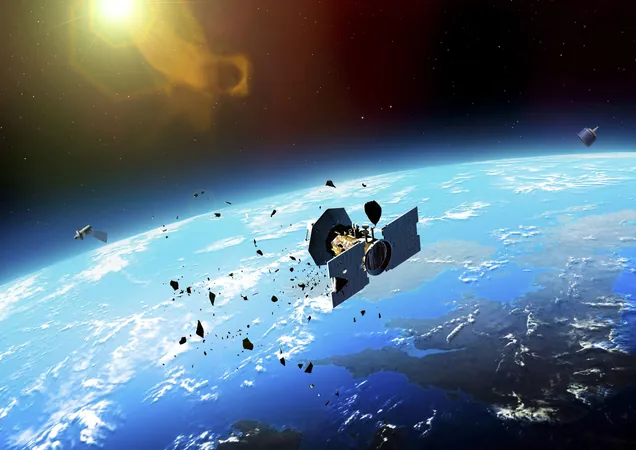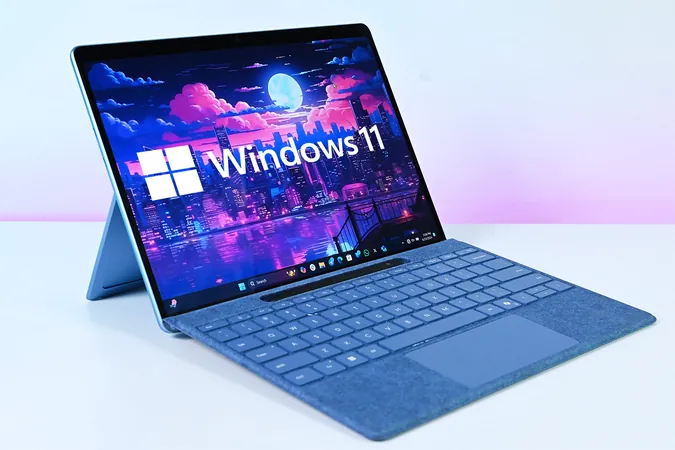
Unlocking Infrasound: A New Frontier in Tracking Space Debris to Protect Our Planet
2025-05-09
Author: Yu
Revolutionizing Space Debris Tracking
Scientists are making groundbreaking strides in tracking space debris using infrasound technology. This innovative method offers the potential to accurately monitor the perilous fall of these celestial objects towards Earth.
The Cosmic Deluge: What Falls to Earth?
Every year, our planet receives a deluge of approximately 55 tonnes of meteorites along with thousands of tonnes of cosmic dust. Amidst this, dangerously scattered space debris, including remnants of rockets and broken satellites, poses a significant threat. It's imperative for researchers to devise effective strategies to track and predict the paths of these potentially hazardous objects.
Harnessing the Power of Infrasound
Elizabeth Silber from Sandia National Laboratories has delved into the use of infrasound sensors to monitor meteoroids. These specialized sensors capture low-frequency sounds produced when objects enter Earth’s atmosphere, generating shock waves that can be detected over vast distances.
Navigating the Challenges of Tracking
However, the tracking process becomes trickier when meteoroids enter the atmosphere at a shallow angle. Such scenarios complicate the analysis of infrasound signals, as different observation stations may pick up signals from varying directions. Silber's findings suggest that when the entry angle exceeds 60 degrees, trajectory analysis becomes significantly more accurate.
The CTBTO Infrasound Network: More Than Just Nuclear Monitoring
The infrasound sensors form an integral part of the network operated by the Comprehensive Nuclear-Test-Ban Treaty Organization (CTBTO). While their primary function is to monitor nuclear activities, these sensors are also adept at capturing other sounds, including thunder and the roar of supersonic jets.
Implications for Global Safety
The intriguing findings presented at the European Geosciences Union Congress emphasize the importance of factoring in the trajectory of debris for effective infrasound analysis. This advancement could significantly enhance our ability to track space debris and mitigate the risks they pose to our planet.
Looking Ahead: Safeguarding Our Planet
As space exploration continues to escalate, innovations like infrasound tracking are crucial. This cutting-edge research could mean a safer Earth, ensuring that we stay one step ahead of the cosmic threats looming above.



 Brasil (PT)
Brasil (PT)
 Canada (EN)
Canada (EN)
 Chile (ES)
Chile (ES)
 Česko (CS)
Česko (CS)
 대한민국 (KO)
대한민국 (KO)
 España (ES)
España (ES)
 France (FR)
France (FR)
 Hong Kong (EN)
Hong Kong (EN)
 Italia (IT)
Italia (IT)
 日本 (JA)
日本 (JA)
 Magyarország (HU)
Magyarország (HU)
 Norge (NO)
Norge (NO)
 Polska (PL)
Polska (PL)
 Schweiz (DE)
Schweiz (DE)
 Singapore (EN)
Singapore (EN)
 Sverige (SV)
Sverige (SV)
 Suomi (FI)
Suomi (FI)
 Türkiye (TR)
Türkiye (TR)
 الإمارات العربية المتحدة (AR)
الإمارات العربية المتحدة (AR)